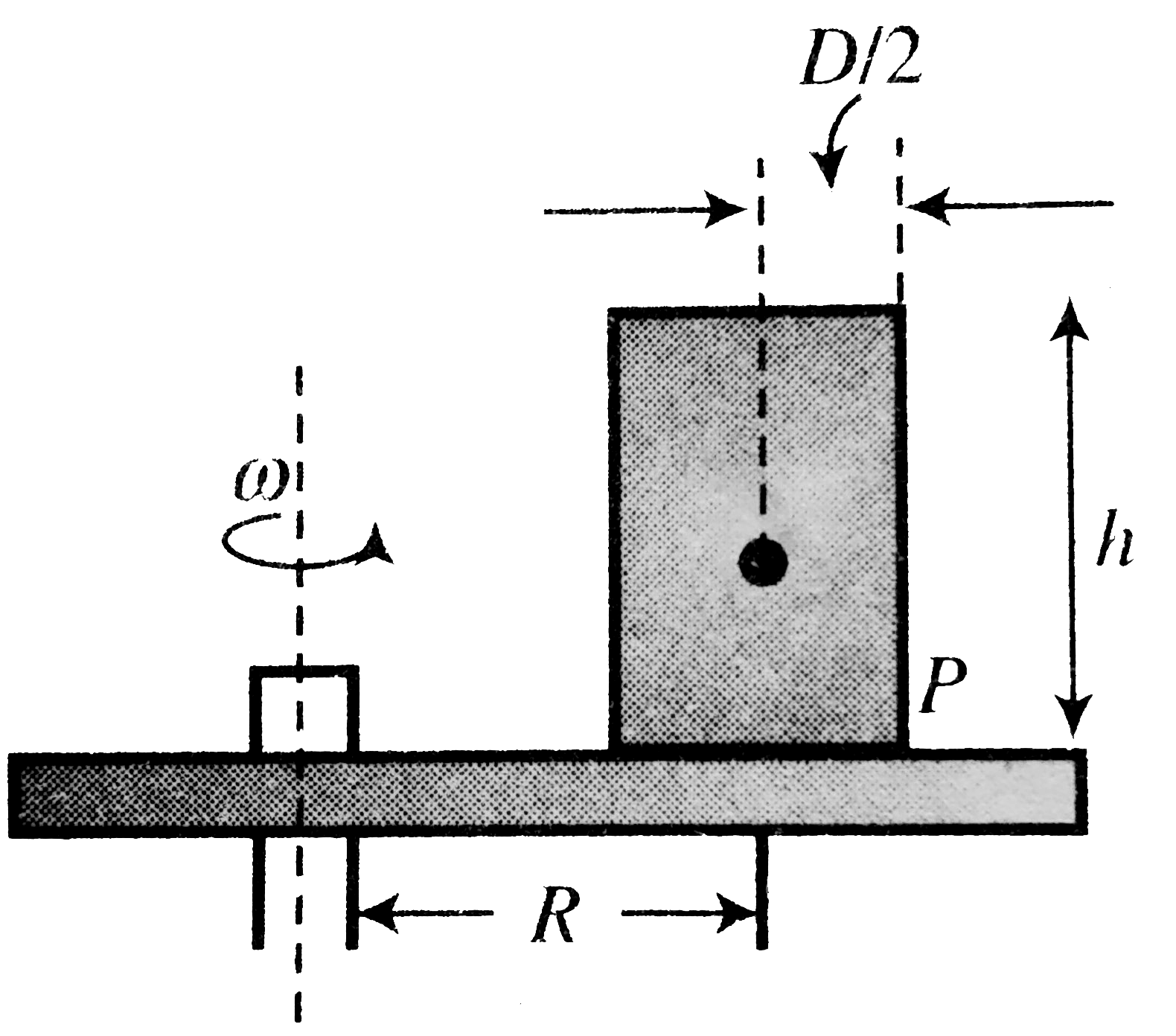A glass prism in the shape of a quarter cylinder lies on a horizontal table. A uniform horizontal light beam falls on its vertical plane surface as shown in the figure. If the radius of the cylinder is R = 5cm and the refractive index of the glass is n = 1.5 where on the table beyond the cylinder will a path of light be found? (in cm) Light R
Step by step video & image solution for A glass prism in the shape of a quarter cylinder lies on a horizontal table. A uniform horizontal light beam falls on its vertical plane surface as shown in the figure. If the radius of the cylinder is R = 5cm and the refractive index of the glass is n = 1.5 where on the table beyond the cylinder will a path of light be found? (in cm) Light R by Physics experts to help you in doubts & scoring excellent marks in Class 12 exams.
Updated on:21/07/2023Similar Questions
A wooden article was made by scooping out a hemisphere from each end of a solid cylinder, as shown in the figure. If the height of the cylinder is 10 cm and its base of radius 3.5 cm. Find the total surface area of the article.

View SolutionA uniform,horizontal beam of light is incident upon a quarter cylinder of radiusR=5cm and has a refractive index 2/√3.A patch on the table for a distance 'x'from the cylinder is unilluminated ,find the value of 'x'?

View Solution
Knowledge Check
The radius of curvature of a thin planoconvex lens is 10 cm and the refractive index of its glass is 1.5. If the plane surface is silvered, then it will behave like a
Aconcave mirror of focal length 10 cmBconcave mirror of focal length 20 cmCconvex mirror of focal length 10 cmDconvex mirror offocal length 20 cmA circular beam of light of diameter d=2cm falls on a plane refractive of glass. The angle of incidence is 60∘ and refractive index of glass is μ=3/2. The diameter of the refracted beam is
A4.00cmB3.0cmC3.26cmD2.52cmParallel rays of light are falling on convex sphere surface of radius of curvature R = 20 cm as show. Refractive index of the medium is μ=1.5. A refraction from the spherical surface parallel rays
 Aactually meet at some pointBappear to meet after extending the refracted rays backwardsCmeet (or appear to meet) at a distance of 30 cm from the spherical surfaceDmeet (or appear to meet) at a distance of 60 cm from the spherical surface.
Aactually meet at some pointBappear to meet after extending the refracted rays backwardsCmeet (or appear to meet) at a distance of 30 cm from the spherical surfaceDmeet (or appear to meet) at a distance of 60 cm from the spherical surface.
A cylinder rests on a horizontal rotating disc, as shown in the figure. Find at what angular velocity, ω, the cylinder falls off the disc, if the distance between the axes of the disc and cylinder is R, and the coefficient of friction μ>D/h where D is the diameter of the cylinder and It is its height.

View SolutionThe optical path of a monochromatic light is same if it goes through 4.0 cm of glass or 4.5 cm of water. If the refractive index of glass is 1.53, the refractive index of the water is
View SolutionThe optical path of a monochromatic light is same if it goes through 4.0cm of glass of 4.5cm of water. If the refractive index of glas is 1.53, the refractive index of the water is
View SolutionThe optical path of a monochromatic light is the same if it travels through 4 cm of glass or 4.5 cm of water . If the refractive index of galss is 1.5, then the refractive index of water is
View SolutionThe optical path of a monochromatic light is same if, it goes thoruhg 4.0cm of glass or 4.5cm of water. If the refractive inded of glass is 1.53, the refractive index of the water is
View Solution
